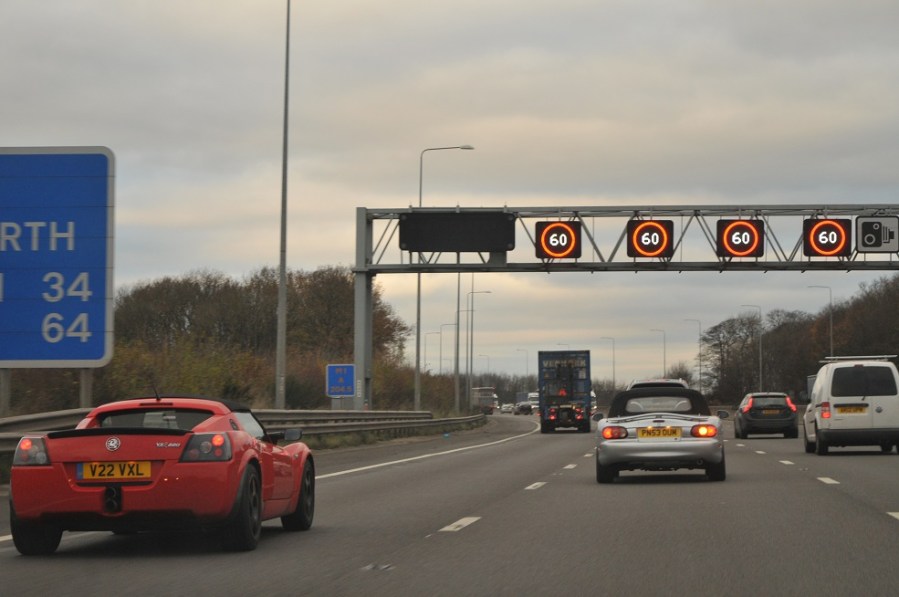The debate over smart motorways rages on, with a review into their safety to be led by the Secretary of State for Transport, Grant Shapps, who told MPs: “We know people are dying on smart motorways.”
Pressure has been growing on Highways England to axe its smart motorways programme in recent months. Shapps said his department would lead the review because some of the statistics have been difficult to understand, adding that recommendations are expected “in a matter of weeks.”
There are two main types of smart motorways in the UK. The first is a dynamic smart motorway where the hard shoulder is opened to traffic when it is busy, and the second is all-lane running where the hard shoulder is a permanent lane. They already account for about 400 miles of England’s roads, including sections of major motorways like the M1, M42 and M6.
The day before Mr Shapps’ announcement, Highways England boss Jim O’Sullivan warned that dynamic smart motorways are “too complicated” for drivers and that he did not think he would build any more dynamic smart motorways because too many motorists do not understand them.
Earlier this year, the AA claimed it can take an average of 17 minutes to spot a stationary vehicle, potentially leading to devastating consequences. Eight-year-old Dev Naran was killed on the M6 last May when a lorry struck his grandfather’s Toyota while it was pulled up on the hard shoulder, which was in use at the time. Five deaths have also occurred along the same stretch of the M1.
Edmund King, AA president said: “Public trust on removing the hard shoulder has pretty much evaporated. Before any further schemes begin, we need an urgent and independent review into the safety of existing schemes.”






